Wild
Lettuce
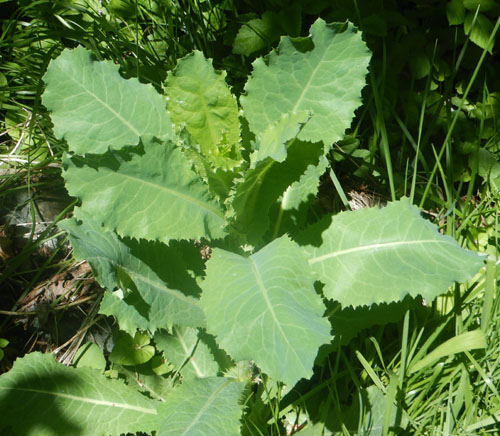
Wild Lettuce, also known as Bitter Lettuce or Opium Lettuce, is a tall, biennial plant that belongs to the Asteraceae family. It is native to Europe but can now be found in various parts of the world, including North America. The plant is characterized by its lobed leaves, yellow flowers, and milky sap, which has been traditionally used for its sedative and pain-relieving properties. Wild Lettuce has a long history of use in herbal medicine, often as a natural remedy for insomnia, anxiety, and pain relief.
1. Size:
- Wild Lettuce can grow up to 6 feet (1.8 meters) tall, with a spread of about 2 to 3 feet (0.6 to 0.9 meters). The plant has a slender, erect stem that branches near the top.
2. Color:
- The leaves of Wild Lettuce are dark green and deeply lobed, with a lighter green underside. The stem is often tinged with purple. The flowers are small and yellow, resembling those of the dandelion.
3. Texture:
- The leaves are smooth with a slightly waxy surface, while the stem is rough and sometimes spiny. The latex, or milky sap, is thick and sticky, exuding from cuts or breaks in the plant.
4. Fragrance:
- Wild Lettuce does not have a strong fragrance, but the latex sap has a mild, somewhat bitter smell.
5. Uses:
Wild Lettuce is traditionally used as a natural remedy for pain relief, particularly for headaches, muscle pain, and joint discomfort. It is also used as a sedative to promote sleep and relieve anxiety. The latex, often referred to as “Lactucarium,” is sometimes called “poor man’s opium” due to its sedative and analgesic properties.
Though not commonly used in modern cuisine, the leaves of Wild Lettuce have been consumed in small quantities as a bitter green in salads or cooked as a vegetable in some traditional diets.
The latex sap of Wild Lettuce is often used to make tinctures, extracts, or teas for medicinal purposes. These preparations are typically used to treat conditions like insomnia, anxiety, and mild pain.
7. Habitat:
Wild Lettuce thrives in a variety of environments, from meadows and roadsides to disturbed soils and garden edges. It prefers well-drained soil and full sun but can also tolerate partial shade. The plant is hardy and often found growing wild in temperate regions around the world.
7. Cultural and Spiritual Significance:
Wild Lettuce has a long history of use in traditional European herbal medicine. It was often used as a sedative and pain reliever before the advent of modern pharmaceuticals. In some cultures, it was considered a valuable remedy for calming the mind and soothing physical discomfort.
In folklore, Wild Lettuce was sometimes associated with sleep and dreams due to its sedative properties. It was believed to promote restful sleep and was often used in rituals or preparations intended to induce relaxation and peaceful dreams.
Spiritual Properties
Sedative and Calming: Wild Lettuce is often used in spiritual practices for its calming and sedative properties. It is believed to help quiet the mind, reduce stress, and promote a sense of peace and tranquility, making it a useful herb in meditation and relaxation rituals.
Dream Enhancement: Some spiritual practitioners use Wild Lettuce to enhance dream recall or induce lucid dreaming. It is thought to help open the mind to deeper levels of consciousness and facilitate spiritual insight during sleep.
Medicinal Properties
Pain Relief: Wild Lettuce is renowned for its natural pain-relieving properties. The latex sap contains compounds that act as mild analgesics, making it a popular herbal remedy for headaches, joint pain, and muscle aches.
Sedative: The sedative properties of Wild Lettuce make it an effective remedy for insomnia and anxiety. It is often used in tinctures or teas to promote relaxation and improve sleep quality.
Respiratory Health: Traditionally, Wild Lettuce has been used to soothe coughs and respiratory irritation. It is believed to help relax the muscles of the respiratory tract, making it easier to breathe.
Allergic Reactions
Wild Lettuce (Lactuca virosa) is generally considered safe when used in moderation. However, it contains compounds that can have strong effects on the nervous system, so it should be used with caution. Excessive consumption or handling of the latex (milky sap) can cause adverse reactions, including dizziness or nausea.
Skin Irritation: Some individuals may experience skin irritation or an allergic reaction when handling Wild Lettuce, particularly the latex sap. Symptoms may include redness, itching, or a rash. It is advisable to wear gloves when handling the plant to avoid direct contact with the sap.
Respiratory Sensitivity: Inhalation of the dried latex or smoke from Wild Lettuce can cause respiratory discomfort in sensitive individuals. This can lead to coughing, shortness of breath, or wheezing, particularly in those with asthma or other respiratory conditions.
Dizziness and Nausea: Excessive consumption of Wild Lettuce, particularly the latex sap, can lead to dizziness, nausea, and a feeling of lightheadedness. These symptoms are due to the sedative effects of the compounds in the plant and typically subside with rest.
Hallucinations: In rare cases, high doses of Wild Lettuce latex can cause mild hallucinations or vivid dreams. This is more likely to occur with concentrated extracts or when the herb is used in large quantities.
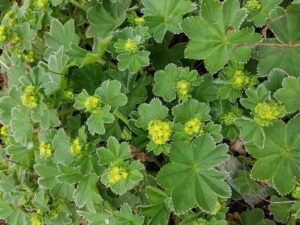
Lady’s Mantle
Lady's Mantle Lady's Mantle is a perennial herb known for its fan-shaped, serrated leaves and small yellow-green flowers. It has been traditionally used in herbal
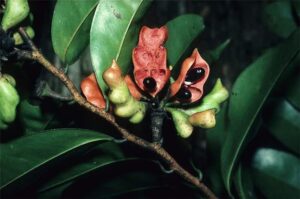
Xylopia
Xylopia Xylopia, also known as Xylopia aethiopica, is a spice derived from the dried fruits of a tree native to West Africa. The tree produces
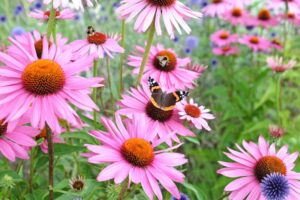
Echinacea and its Evolving Role in Cold Treatment
Echinacea and its Evolving Role in Cold Treatment Echinacea, a vibrant purple coneflower, has a rich history in traditional medicine, particularly valued for its immune-boosting
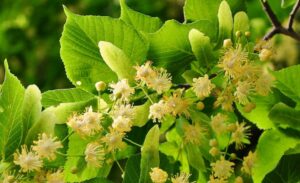
Linden Leaf & Flowers
Linden Leaf & Flowers Linden Leaf and Flowers are known for their soothing properties and delicate aroma. This herb is used in both traditional medicine

Menthol Crystals
Menthol Crystals Menthol Crystals are derived from peppermint oil and are known for their strong, cooling sensation and refreshing fragrance. These crystals are used in
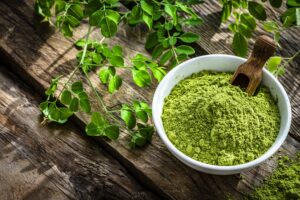
Moringa Leaf Powder
Hibiscus Flowers Moringa (Moringa oleifera), often referred to as the "Miracle Tree," is a highly nutritious plant native to the Indian subcontinent and parts of